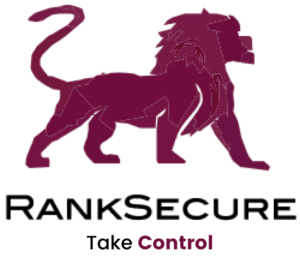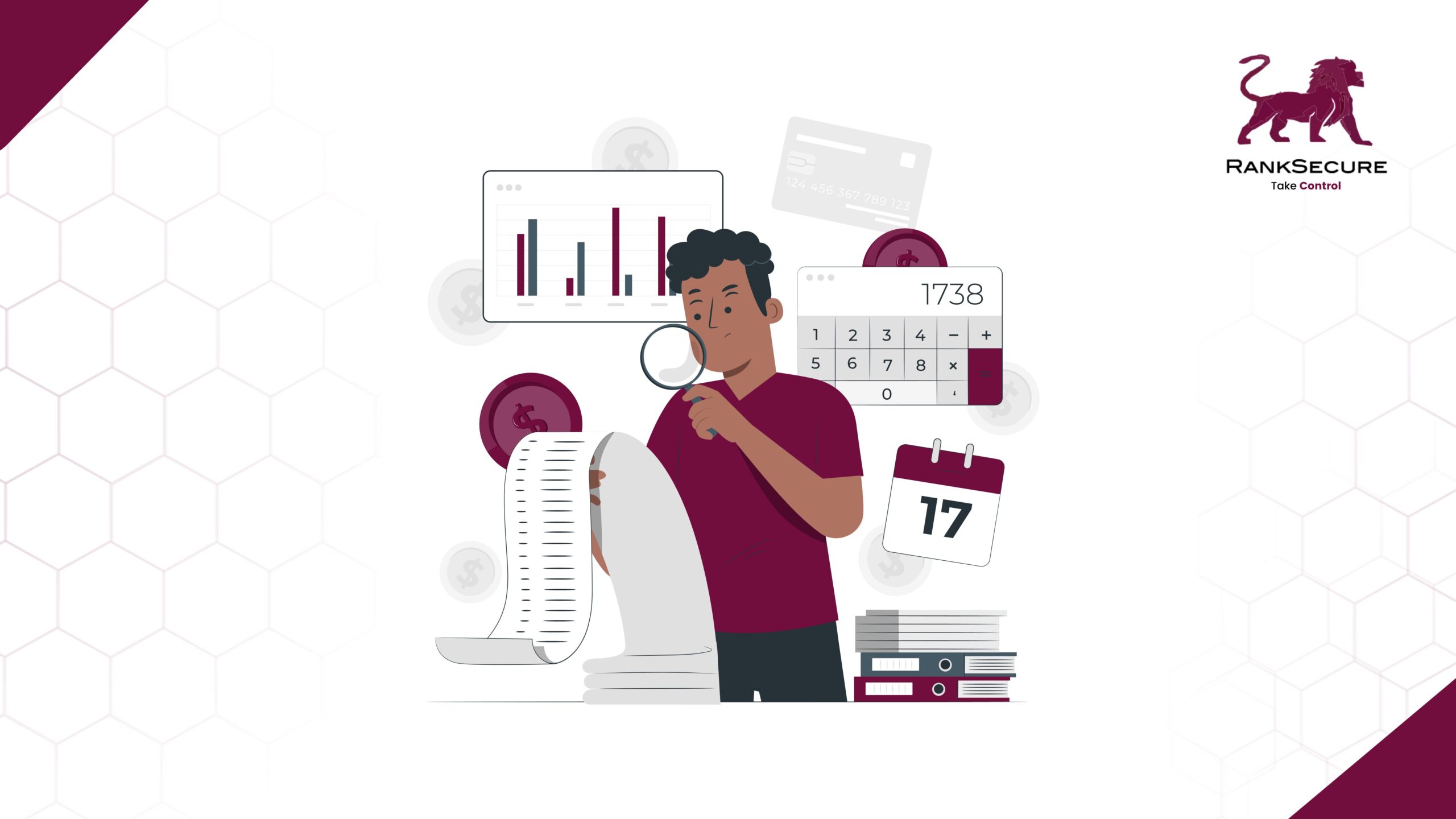When you study the world’s most damaging cyberattacks, one pattern keeps showing up. It is not always the cutting-edge zero-day exploit or the advanced persistent threat that breaks systems. It is often a known vulnerability, with a patch available, left unapplied for weeks or months.
In every case, attackers moved faster than defenders. This is why patch management is no longer an IT hygiene task. It is a frontline security discipline.
What Patch Management Actually Involves
Patch management is the continuous process of identifying, evaluating, testing, deploying, and verifying software updates to address security flaws, improve performance, or add features.
But modern patching is no longer limited to operating systems. A mature program covers:
- Operating systems: Windows, Linux, macOS
- Cloud workloads and virtual machines
- Network infrastructure: routers, firewalls, VPNs, switches
- Third-party applications: browsers, office suites, collaboration tools
- Middleware, databases, and runtimes
- Containers and orchestration platforms
- IoT, embedded systems, and industrial control systems
- Open-source libraries, tracked via Software Bill of Materials (SBOMs)
If it runs code, it introduces risk – and if it introduces risk, it must be in scope for patch management.
Why Patch Management Breaks Down
Even large enterprises with mature security programs struggle with patching. The main reasons include:
- Incomplete asset inventory: Shadow IT, cloud sprawl, and unmanaged systems create blind spots.
- Vulnerability overload: More than 20,000 CVEs are published annually; teams cannot patch everything and need robust prioritisation.
- Disruption risk: Patching critical systems can cause downtime, making teams hesitant to move quickly.
- Fragmented ownership: Without clear responsibility across security, IT operations, cloud, and DevOps teams, execution fails.
- Legacy systems and technical debt: Older software may lack patch support or require costly workarounds.
- Fast-moving attackers: Proof-of-concept exploits now appear within days, shrinking defenders’ response windows.
Effective patching requires more than tools. It demands operational discipline, shared accountability, and clear risk prioritisation.
Anatomy of a World-Class Patch Management Program
Elite organisations apply a set of common principles:
Comprehensive Asset Inventory
Maintain a dynamic, real-time inventory of all endpoints, servers, cloud assets, containers, SaaS applications, and third-party systems.
Risk-Based Prioritisation
Focus on critical vulnerabilities first, using:
- CVSS scores
- Exploitability data (like the CISA Known Exploited Vulnerabilities list)
- Internet exposure
- Business criticality
Integrated Vulnerability and Patch Management
Connect vulnerability scanners, patch tools, change management, and monitoring systems to close the loop from discovery to resolution.
Pre-Deployment Testing
Test patches in sandbox or staging environments, especially for mission-critical applications or complex legacy systems.
Automated Orchestration
Use tools such as SCCM, Intune, WSUS, Ivanti, ManageEngine, Qualys, Ansible, or cloud-native services like AWS Systems Manager Patch Manager.
Rollback and Recovery Readiness
Have clear rollback plans, validated backups, and tested failover paths for every patching cycle.
Continuous Monitoring and Reporting
Track patch success rates, mean time to patch, coverage across critical assets, and exception handling. Report metrics regularly to security leadership and the board.
Beyond Operating Systems Lies The Full-Stack Challenge
Many breaches occur not because of OS failures but because organisations miss other layers. Mature programs patch:
- Third-party apps: browsers, email clients, chat platforms
- Network devices: firewalls, switches, routers
- Embedded and IoT systems: healthcare, manufacturing, smart buildings
- Software dependencies: open-source libraries, container base images
- SaaS platforms: administrative updates and configuration-level patches
Attackers probe every layer. Defenders need to secure every layer.
Best Practices for Effective Patch Management
Automate at scale, but keep human oversight where it matters most
Routine patching on endpoints and low-risk systems should be fully automated. But for critical infrastructure, databases, or customer-facing applications, keep experienced engineers in the loop to oversee planning, rollout, and monitoring.
Prioritise using risk intelligence, not just vulnerability counts
Do not chase patch volumes. Use threat intelligence, exploit availability, asset criticality, and exposure context to rank what truly matters. Prioritise based on what attackers are actively exploiting, not just what scanners flag.
Embed patching into change management, CI/CD, and zero trust workflows
Make patching part of your operational DNA. Integrate it into change control, automate it in CI/CD pipelines for application code, and treat it as a pillar of zero trust strategies. This reduces friction and ensures consistency across environments.
Maintain zero-day and emergency response playbooks
Do not improvise during a crisis. Build and regularly test playbooks for high-urgency events like zero-day vulnerabilities, with preapproved decision trees, downtime plans, rollback procedures, and communications protocols.
Establish clear ownership across teams
Avoid the “everyone owns it, no one owns it” problem. Define patching responsibilities explicitly across security, IT operations, cloud engineering, and development teams. Accountability must be embedded into SLAs, KPIs, and performance metrics.
Measure what matters and communicate it effectively
Track time to patch, patch success rates, coverage on critical systems, and exception handling. Report these to leadership in risk terms, not just technical terms, so they understand the business impact of improvements or delays.
Make developers first-line defenders for code-level patching
Educate development teams on managing vulnerable dependencies, using tools, and applying updates inside build pipelines. Secure software supply chains begin at the code level, not after deployment.
Final Word
Patch management is no longer just about closing compliance gaps. It is the backbone of enterprise resilience. Done well, it strengthens security, improves operational stability, satisfies regulators, and preserves customer trust. If your organisation is looking to upgrade its patch management capability, RankSecure offers IPM+ Patch Management – an advanced solution designed to automate, prioritise, and streamline patching across endpoints, servers, and critical systems.
With IPM+, you can:
- Improve visibility across your entire IT environment
- Automate patch workflows at scale
- Reduce time to patch for high-risk vulnerabilities
- Achieve compliance faster with detailed reporting
To learn more about how RankSecure and IPM+ Patch Management can help you stay ahead of vulnerabilities, reduce manual effort, and elevate your security posture, get in touch with us.







